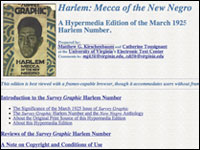New World Encounters
Donald L. Miller, with Stephen Ambrose; Virginia Scharff; Waldo E. Martin, Jr.; Pauline Maier; Louis P. Masur; and Douglas Brinkley, explores the pre-Contact and contact history of the Americas, beginning with the Ice Age migrations, through the corn civilizations of Middle America, to the explorations of Columbus, de Soto, and other Spaniards.


